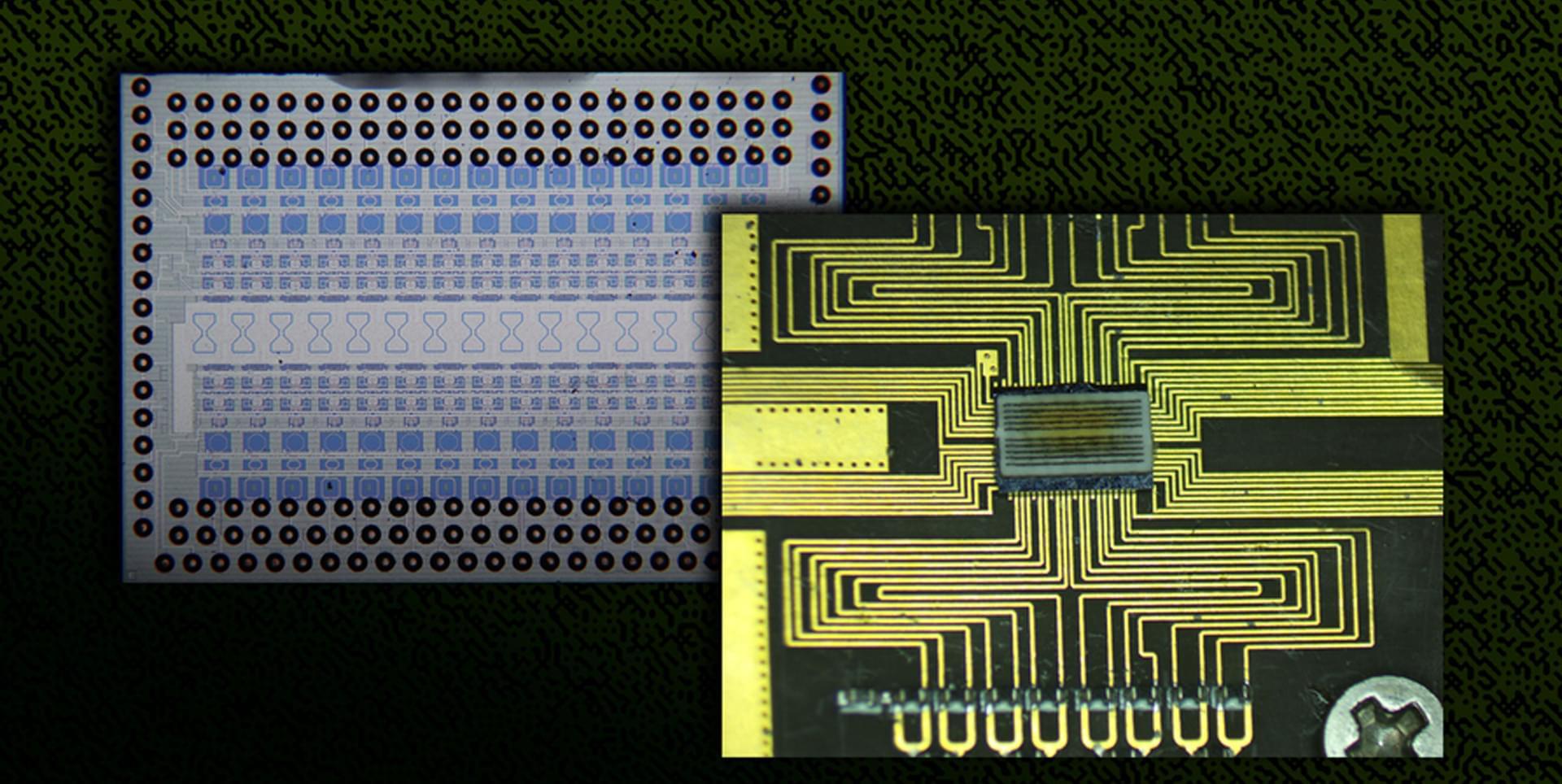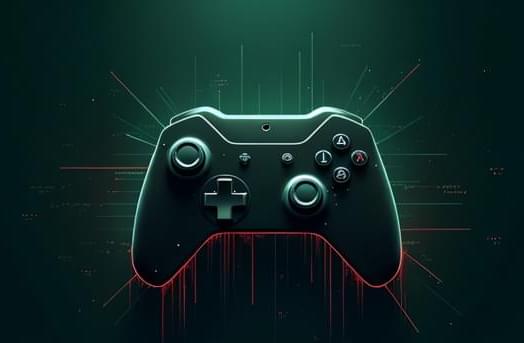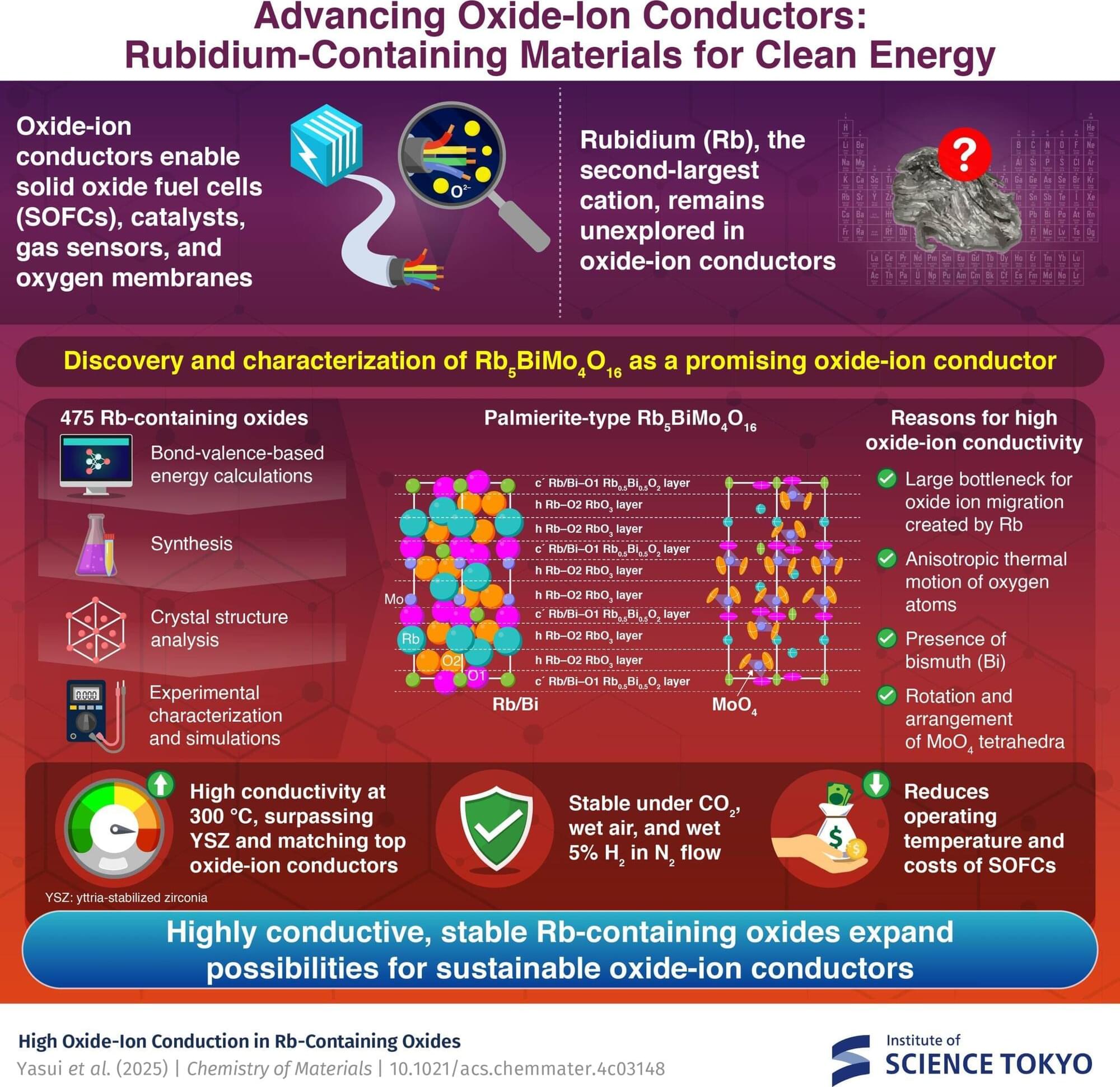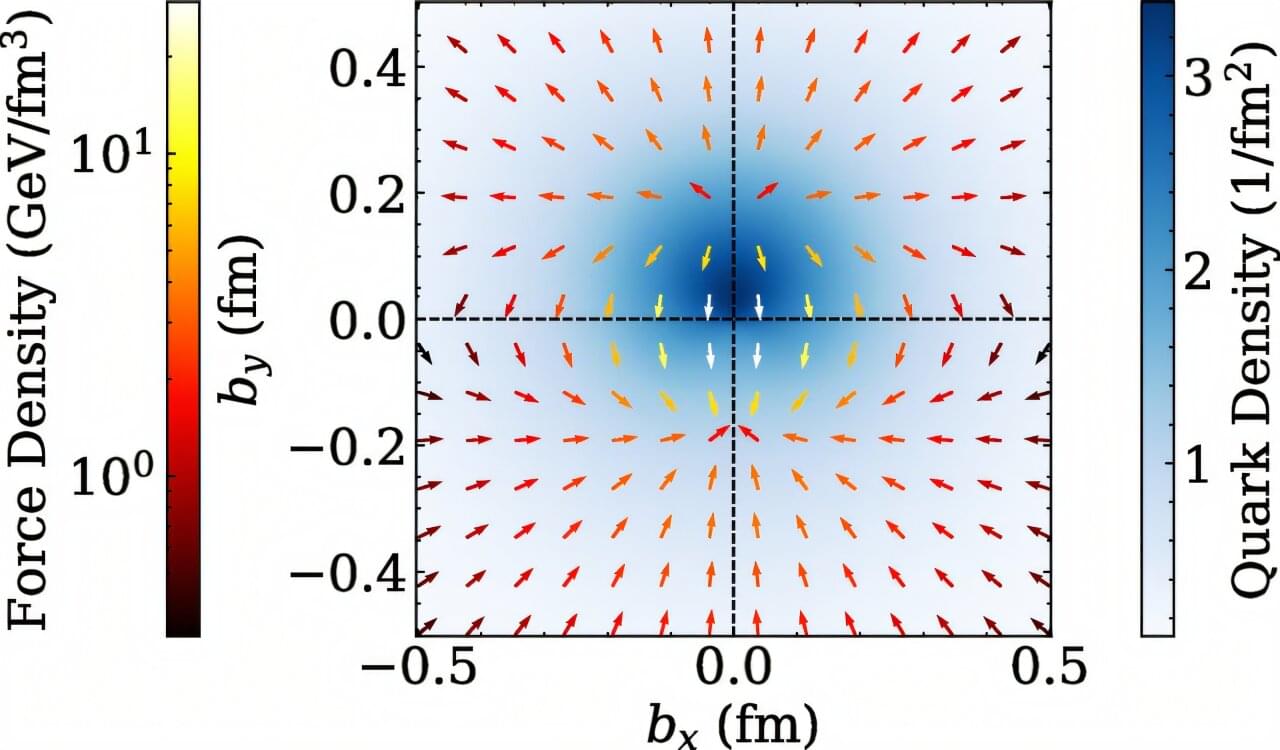Additionally, their ability to penetrate various materials without harmful radiation makes them valuable for security screening, quality control in industries, and chemical sensing. However, until now, it has been challenging to harness the potential of these waves in electronic devices due to several technological limitations.
Finally, a new study from researchers at MIT reveals a chip-based solution that can overcome these limitations and make terahertz waves more accessible than ever.
Terahertz (THz) waves are affected by the dielectric constant, a measure of how well a material can store and slow down an electric field. The lower this constant is the smoother terahertz waves can pass through a material.






